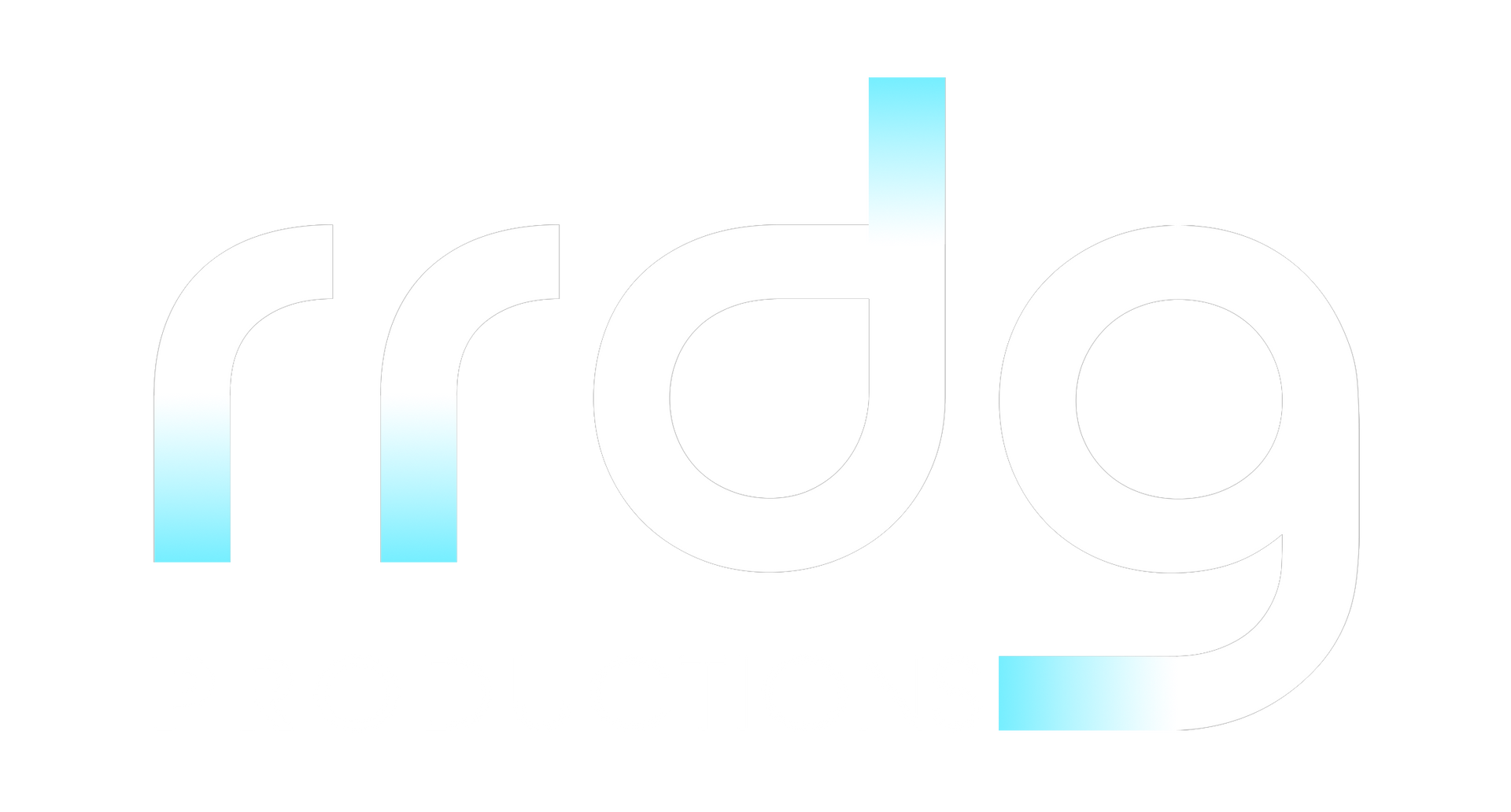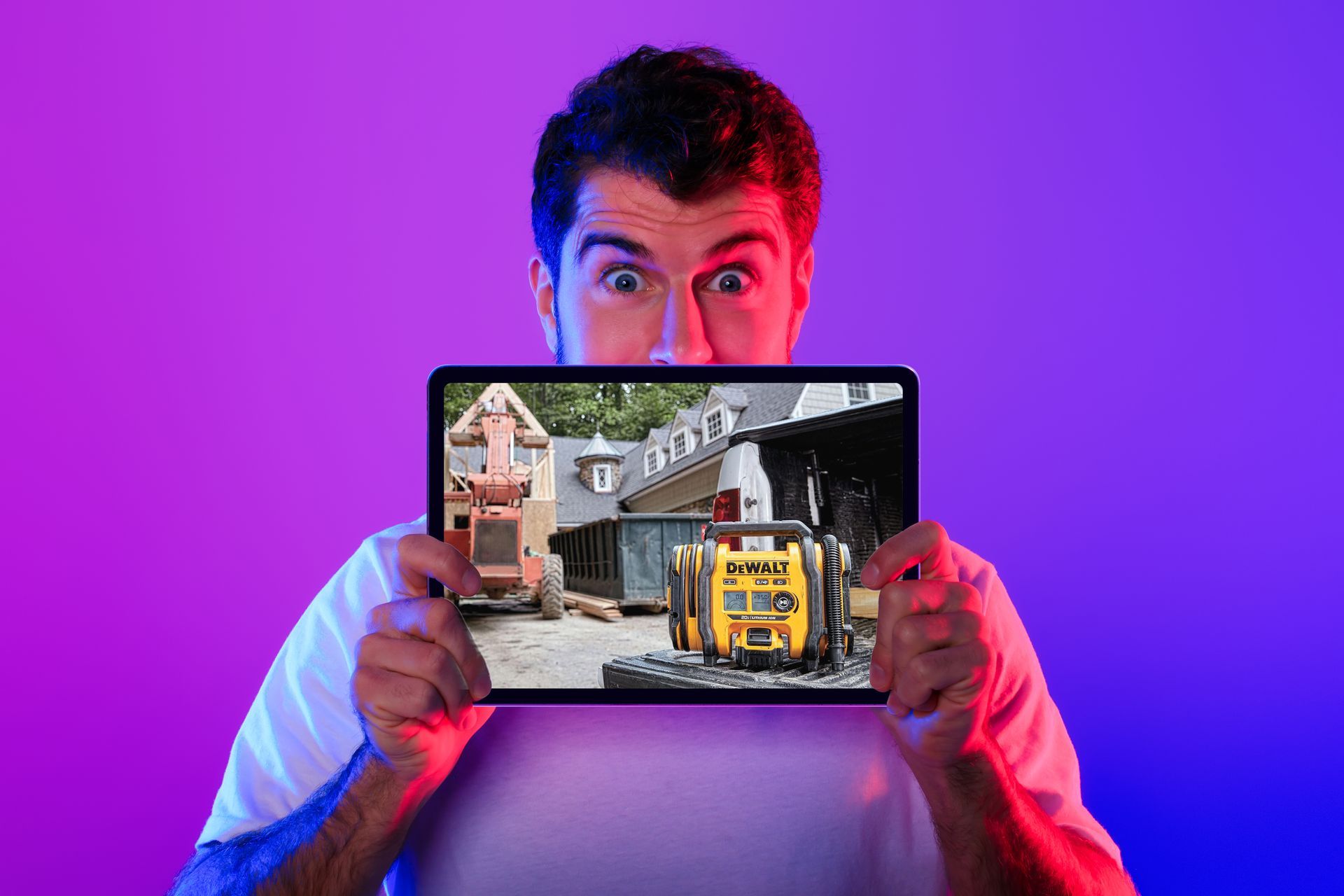How to Build a ( Video ) Marketing Strategy in 2025
Getting Started with Video Marketing

(10 Minute Read)
The digital world runs on motion, and in 2025, video is the language every brand needs to speak.
With 95% of marketers seeing video marketing as an important part of their overall strategy, and
89% of businesses using video as a marketing tool,
there’s never been a better time to start building your own video presence. The competition is growing fast—but so are the opportunities.
From livestreams to short-form videos powered by AI, audiences are surrounded by motion and story at every turn. It’s no wonder that video marketing in the U.S. has exploded into a $130+ billion industry. The brands that thrive are the ones investing not just in making videos, but in making them matter.
If you’re not creating consistent branded video content, you’re already a step behind. But here’s the truth: starting strong doesn’t have to be complicated.
Most businesses stall not because they lack creativity, but because they don’t have a roadmap. That’s where our team at RRDG Productions comes in.
We’ve helped brands turn big ideas into beautiful, goal-driven video campaigns that connect emotionally and deliver results. Whether you’re new to video marketing or ready to level up your approach, this series will show you:
- Which types of video drive the highest engagement
- How to craft a story that speaks to your audience
- And how to distribute your content for the greatest impact
Let’s start building your strategy — one video at a time.
Which Types of Video Drive the Highest Engagement?
1. Short-Form Social Videos (15–60 Seconds)
Where they perform best: Instagram Reels, TikTok, YouTube Shorts, LinkedIn Clips
Why they work: Attention spans are shrinking, and algorithms heavily favor quick, engaging content. These videos thrive when they combine motion, storytelling, and value in under a minute — think “show, don’t tell.”
Best for: Awareness & top-of-funnel growth.
2. Story-Driven Brand Videos
Where they perform best: YouTube, websites, paid ads, email campaigns
Why they work: Audiences crave authenticity. Storytelling that humanizes your brand — showing your people, process, and purpose — builds emotional connection and long-term loyalty.
Best for: Awareness & brand affinity.
3. Product Demos & How-To Videos
Where they perform best: Amazon A+/B+ content, YouTube, e-commerce listings
Why they work: Consumers are more likely to buy after watching a clear demonstration of how a product works. Tutorials, setup guides, and problem-solving videos boost trust, clarity, and conversion rates.
Best for: Consideration & decision stages.
4. Testimonial & Case Study Videos
Where they perform best: Landing pages, YouTube, LinkedIn, email funnels
Why they work: Social proof is still king. Real customers telling real stories create credibility that polished ads can’t match. These videos build emotional reassurance right before the point of purchase.
Best for: Decision stage.
5. Educational & Thought Leadership Videos
Where they perform best: LinkedIn, YouTube, and email newsletters
Why they work: Teaching your audience something valuable builds authority. Educational videos like “tips,” “mistakes to avoid,” or “industry insights” position your brand as the expert people trust.
Best for: Awareness & nurturing leads.
6. Behind-the-Scenes or “Process” Videos
Where they perform best: Instagram, TikTok, YouTube Shorts
Why they work: Transparency builds connection. Showing your creative process, setup, team, or workday gives your brand personality and authenticity — two major drivers of engagement in 2025.
Best for: Awareness & brand loyalty.
7. User-Generated & Community Content
Where they perform best: Social platforms and landing pages
Why they work: Viewers trust peers more than ads. Encouraging customers to share their experiences, then curating or featuring them in brand content, skyrockets engagement and credibility.
Best for: Engagement & advocacy.
8. Event Highlight Reels
Where they perform best: YouTube, Facebook, LinkedIn, websites
Why they work: They combine excitement, emotion, and social proof. Fast-paced highlight videos from events (like Dream Ride 2025) capture attention and extend the life of the event long after it’s over.
Best for: Awareness, engagement, and brand storytelling.
Takeaway
The videos that drive the highest engagement are the ones that blend emotion with clarity — they teach, entertain, or inspire while staying true to your brand voice.
At RRDG Productions, we specialize in producing every one of these formats — from high-end brand films and product demos to short-form social content — helping businesses grow their reach and influence through cinematic storytelling.
How to Craft a Story That Speaks to Your Audience
1. Start with Empathy, Not Ego
Before you ever pick up a camera, get crystal clear on who your audience is and what they care about. What problem are they trying to solve? What inspires or frustrates them? What values drive their decisions?
When you understand their emotions and mindset, you can craft a story that feels personal — one that says, “We get you.”
🎯 Pro tip: Read customer reviews, comments, or testimonials to find real words and phrases your audience uses. Then mirror that tone and language in your script.
2. Define Your Story Framework
Every memorable video follows a simple, time-tested structure. Keep it clean and easy to follow:
- The Hero: Your customer, not your company.
- The Problem: The challenge or frustration they face.
- The Guide: That’s you — the brand with the expertise to help.
- The Solution: How your product or service changes their situation.
- The Success: The transformation or outcome that leaves them better off.
This framework turns your brand into part of a story your audience actually wants to experience.
3. Build Emotion Into Every Frame
People don’t connect with facts — they connect with feelings. Whether your goal is excitement, trust, pride, or relief, your visuals, pacing, and sound design should all reinforce that emotional tone.
Ask yourself:
- Does the lighting feel like hope or tension?
- Is the music lifting or grounding?
- Does the voiceover sound human, confident, or empathetic?
Emotion is what makes your story stick long after the video ends.
4. Keep It Authentic
Polished production is important — but honesty wins.
Show real people, real results, and genuine emotion. If your story feels too staged, viewers tune out. If it feels human, they lean in.
Don’t be afraid to show the process — the behind-the-scenes effort, the passion of your team, or the imperfections that make your brand real.
5. End with a Transformation
Every good story leads somewhere.
Show the moment of change — the customer’s “after.” Maybe it’s the product in action, a lifestyle improved, or a moment of pride in the result. Leave your audience with a sense of achievement and possibility.
6. Align the Message With the Mission
Your story should always reflect your brand’s purpose.
If your mission is about innovation, your story should feel forward-thinking. If it’s about craftsmanship, your visuals should slow down and honor detail. Aligning tone, visuals, and message creates a story that feels consistent across every channel.
The Takeaway
When your video feels like it was made for your audience, it doesn’t just sell — it builds belonging. Storytelling done right makes your brand part of their journey, not just part of their feed.
How to Distribute Your Content for the Greatest Impact
You’ve spent time crafting a powerful story, capturing stunning visuals, and editing every second to perfection — but even the best video can’t perform if no one sees it.
Distribution is where your strategy comes to life. It’s how you turn your hard work into reach, engagement, and measurable results.
Let’s break down how to get your content in front of the right eyes at the right time.
1. Know Where Your Audience Spends Their Time
Not every platform is created equal — and neither are their audiences.
Start by identifying where your ideal customers actually consume video content:
- YouTube: The world’s second-largest search engine. Perfect for tutorials, brand stories, and long-form content that builds trust and authority.
- Instagram & TikTok: Fast-paced, visual-first, and trend-driven. Ideal for short-form lifestyle, product, or behind-the-scenes content that feels personal and real.
- LinkedIn: Where professionals connect. A great home for testimonial videos, product showcases, or company storytelling that establishes credibility.
- Facebook: Still valuable for local and community-based reach, especially when paired with paid ads and events.
- Your Website & Email Marketing: Don’t forget your owned channels. Embedding videos on your homepage or in email campaigns keeps people engaged longer and improves conversion rates.
🎯 Pro tip: Focus on two or three platforms where your audience is most active instead of trying to post everywhere. Consistency beats quantity.
2. Optimize for Each Platform
Each platform has its own “rules” — from aspect ratios to engagement patterns.
Make your video work harder by tailoring it to each format:
- YouTube: 16:9 ratio, strong thumbnail, keyword-rich title, and detailed description. In addition YouTube Shorts were added with 9:16 vertical ratios to engage with shorter, attention grabbing content similar to IG Reels.
- Instagram Reels / TikTok: 9:16 vertical, attention-grabbing in the first 2 seconds, and quick pacing.
- LinkedIn: Square or vertical works best; use captions since many watch on mute.
- Facebook: Start with emotion or action — the first 3 seconds determine scroll-stopping power.
💡 Optimize for silence. 85% of people scroll with sound off, so subtitles, motion graphics, and strong visuals are essential.
3. Leverage Paid Distribution
Organic reach is great — but paid amplification ensures your best content doesn’t disappear into the noise. Run targeted campaigns that focus on:
- Demographics (age, job title, interests, etc.)
- Lookalike audiences built from existing customer data
- Retargeting viewers who’ve interacted with past content
Even a small budget can dramatically extend reach when it’s targeted correctly.
4. Repurpose Your Content
One video can become ten pieces of content. Break it down strategically:
- Turn long-form videos into Reels or Shorts.
- Pull quotes or tips for carousel posts or blog graphics.
- Use BTS clips for Instagram Stories or LinkedIn snippets.
- Add key sound bites to podcasts or email banners.
🔁 Consistency doesn’t mean repetition. Repurposing keeps your message fresh while saving time and budget.
5. Partner With Influencers or Brand Advocates
Find creators or customers who genuinely align with your brand. When they share your video, you gain built-in credibility and reach new audiences organically. Focus on micro-influencers with engaged followings over massive accounts with passive audiences.
6. Measure and Refine
Distribution isn’t a one-time event — it’s a cycle.
After your video launches, track key metrics:
- Views and Watch Time: Did people stay engaged?
- CTR (Click-Through Rate): Did they take action?
- Shares and Comments: Did the message resonate emotionally?
- Conversion Metrics: Did the video drive real results?
Then, adjust your targeting, thumbnails, or format for the next round. Continuous improvement is how you turn one good campaign into a consistent content machine.
The Takeaway
Video distribution is both an art and a science. It’s not about posting everywhere — it’s about posting intelligently, where your audience is ready to listen.
At RRDG Productions, we don’t just create cinematic content — we help you get it seen, shared, and remembered. From platform strategy to ad placement and optimization, we make
sure your story doesn’t just look great… it performs.
Looking to take your brand further with cinematic video, photography, or e-commerce content?
Partner with RRDG Productions and see what we can create together. Visit us at www.RRDG.co


